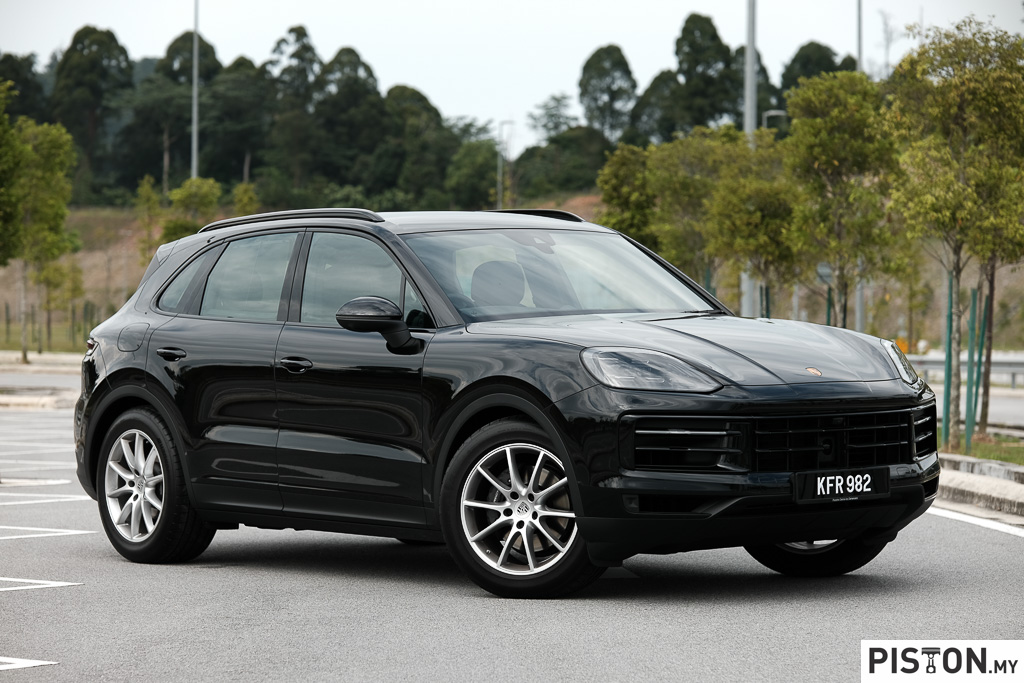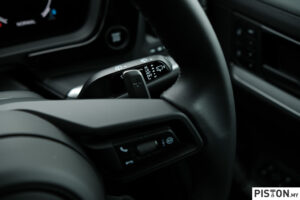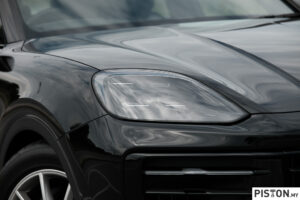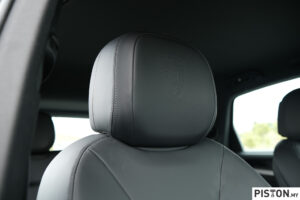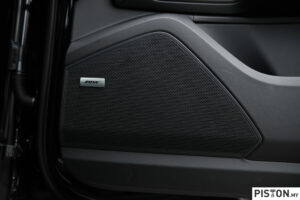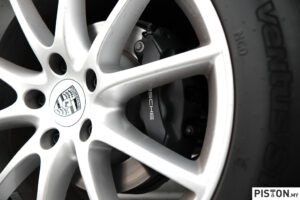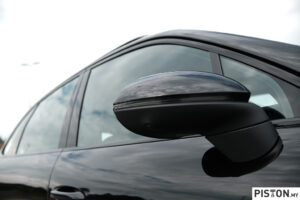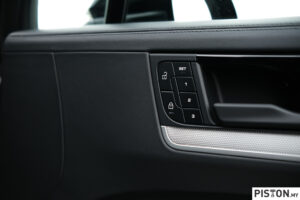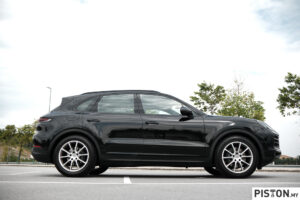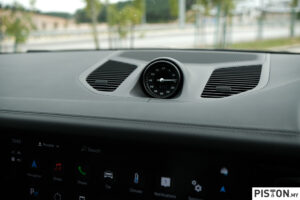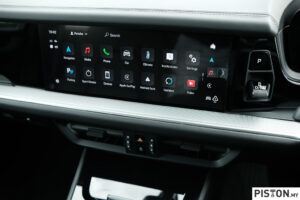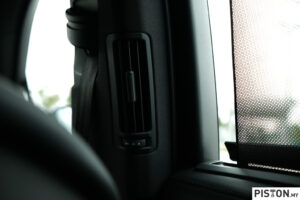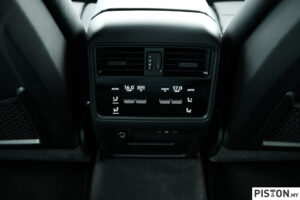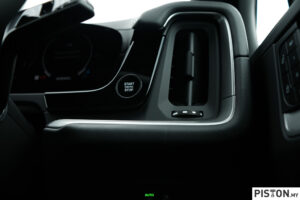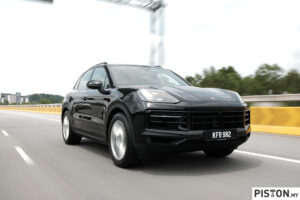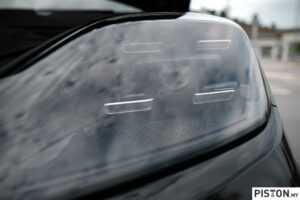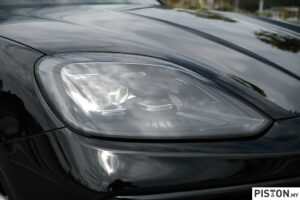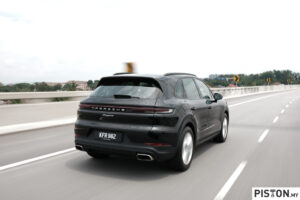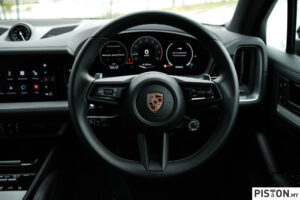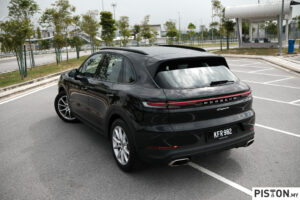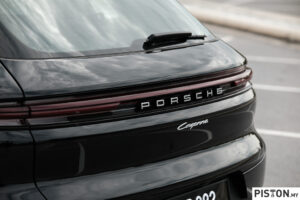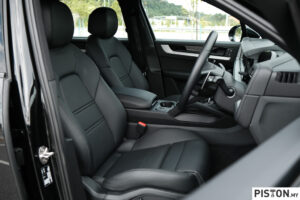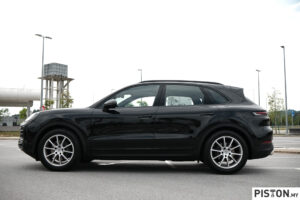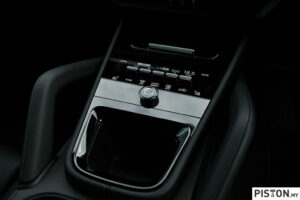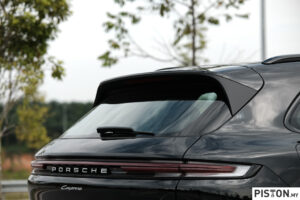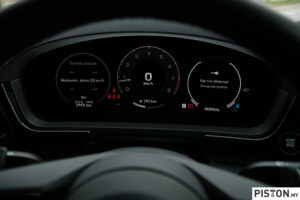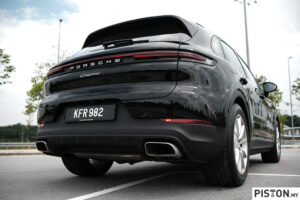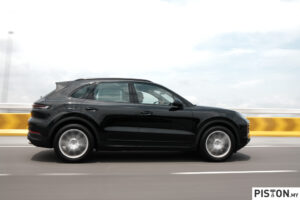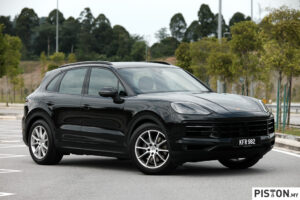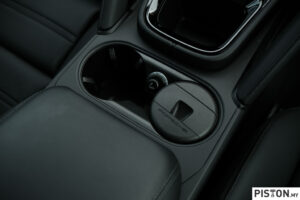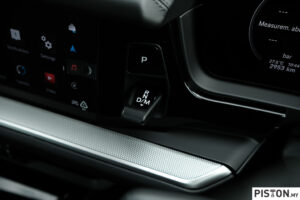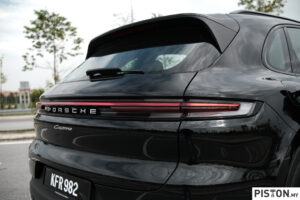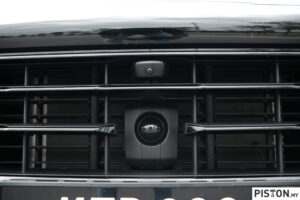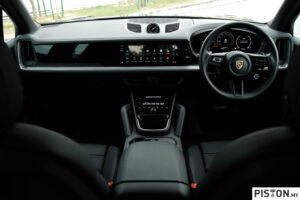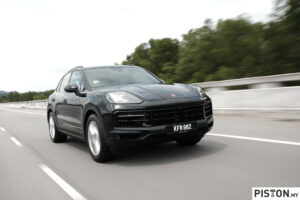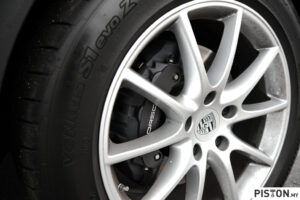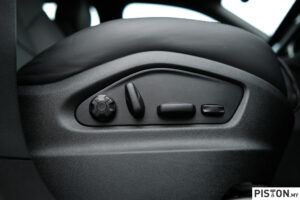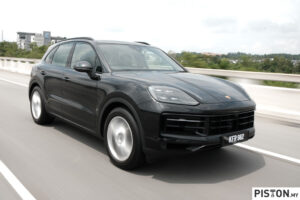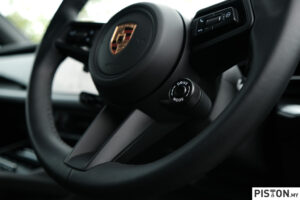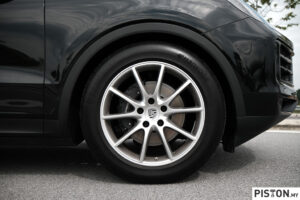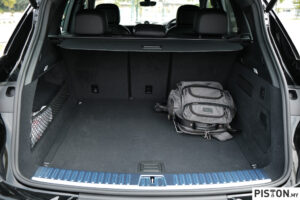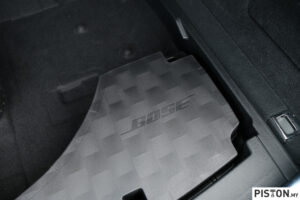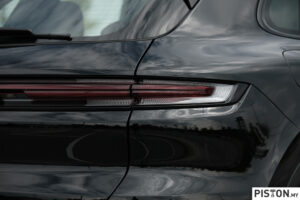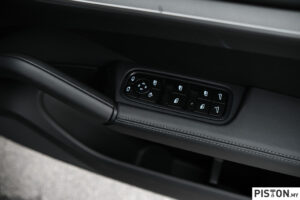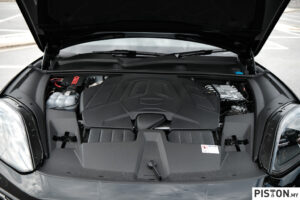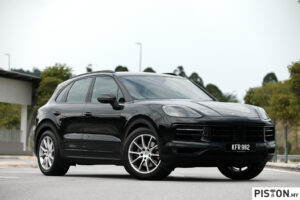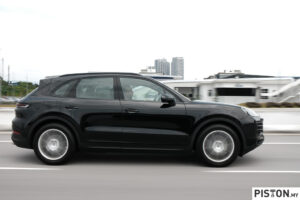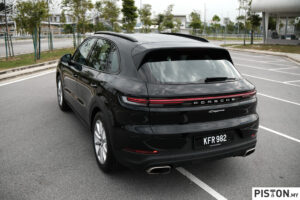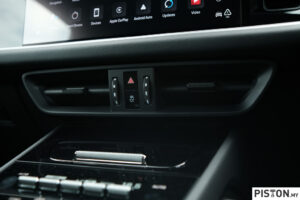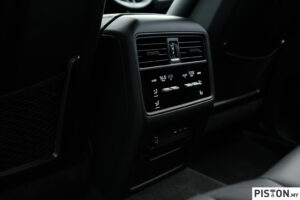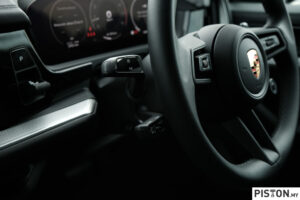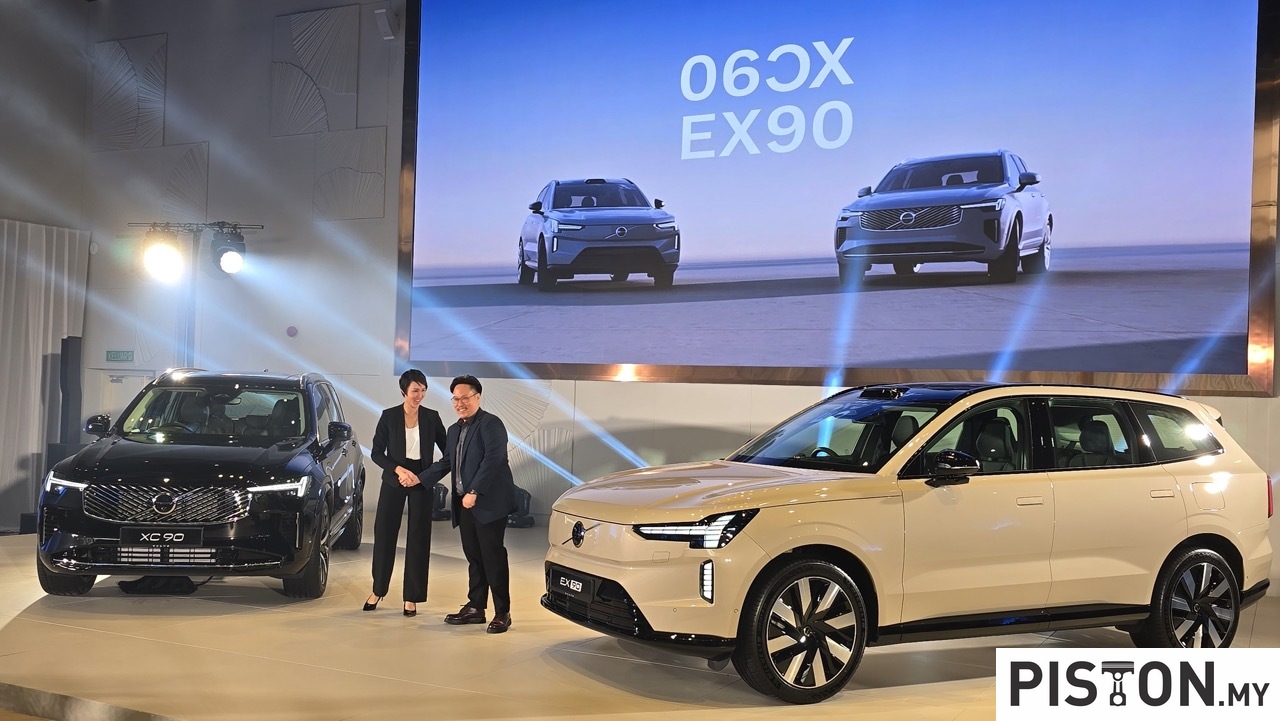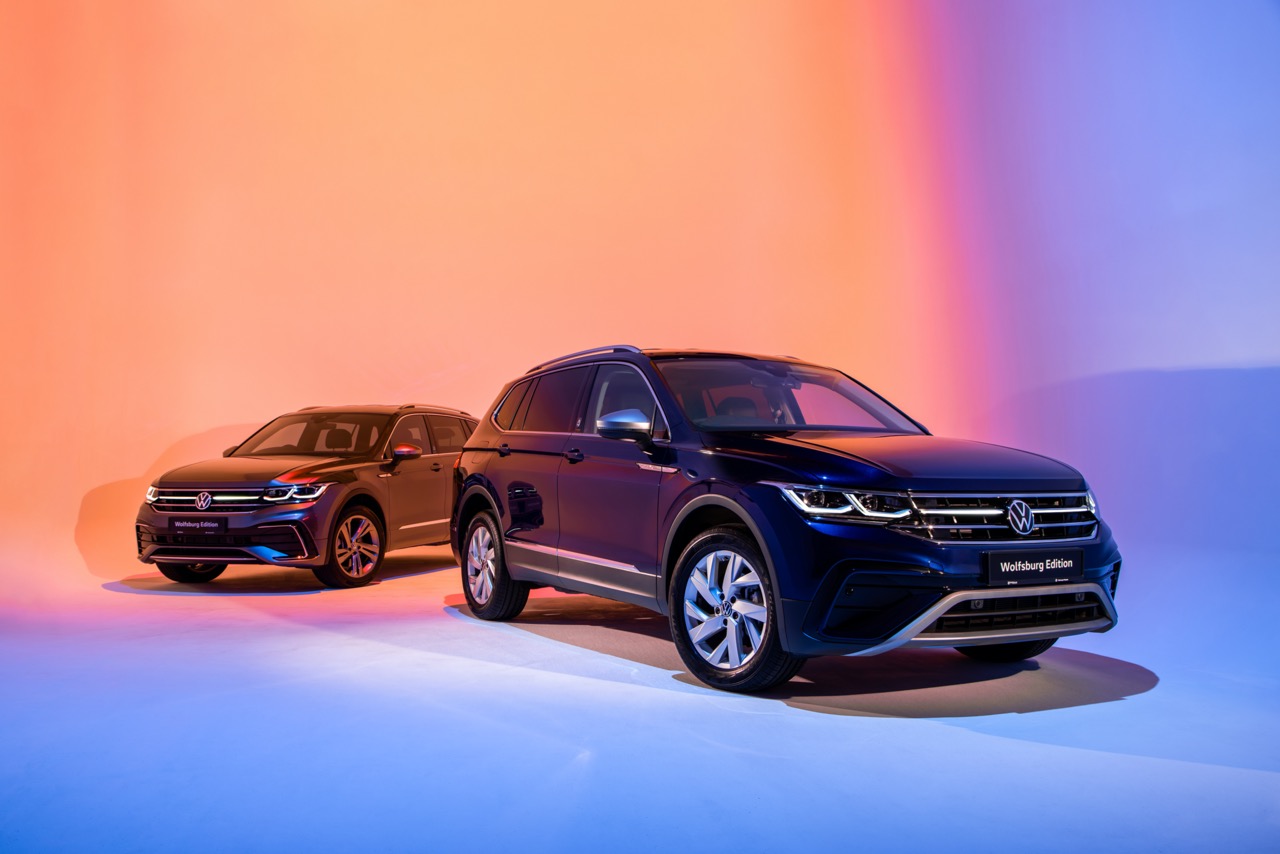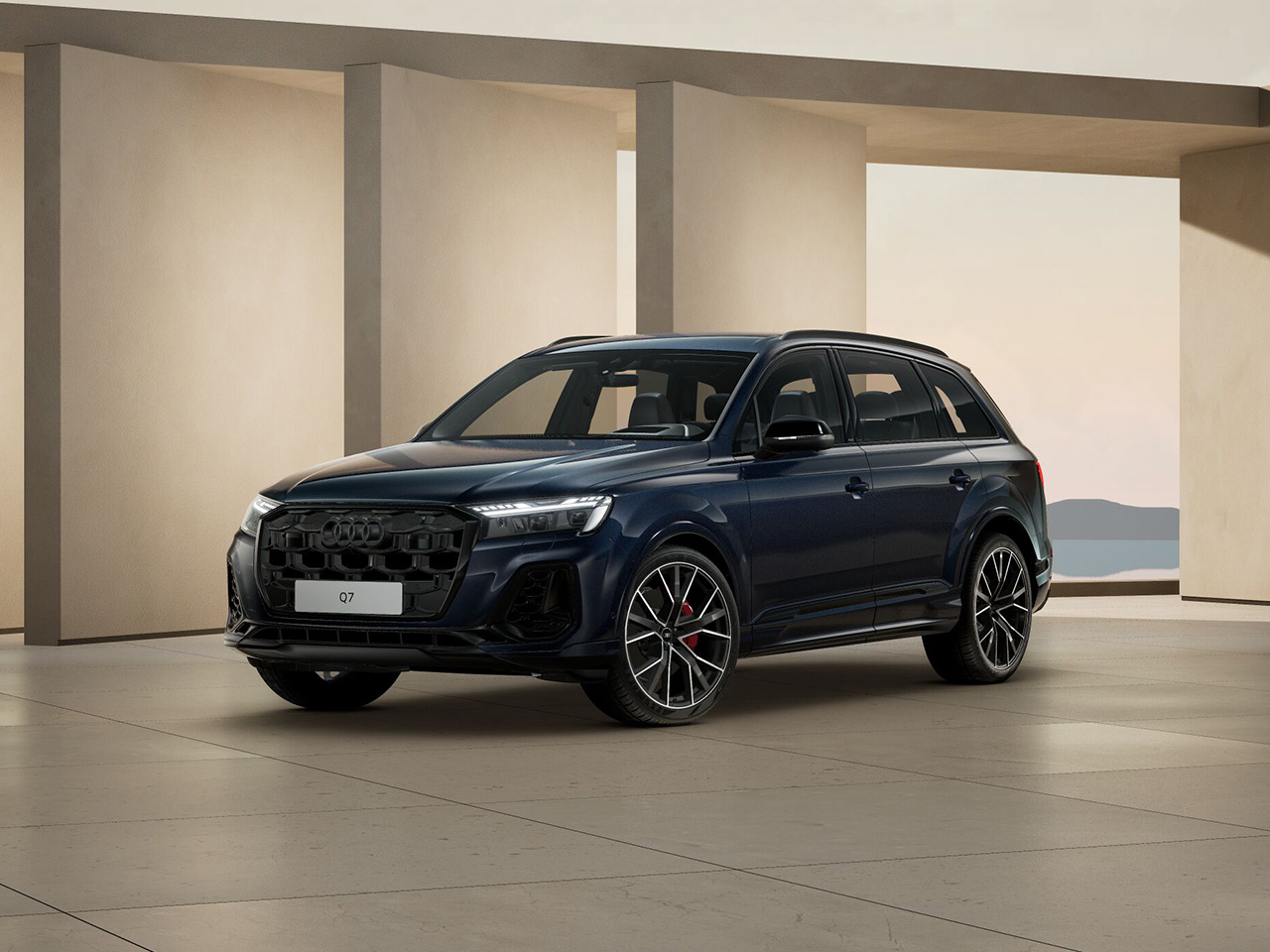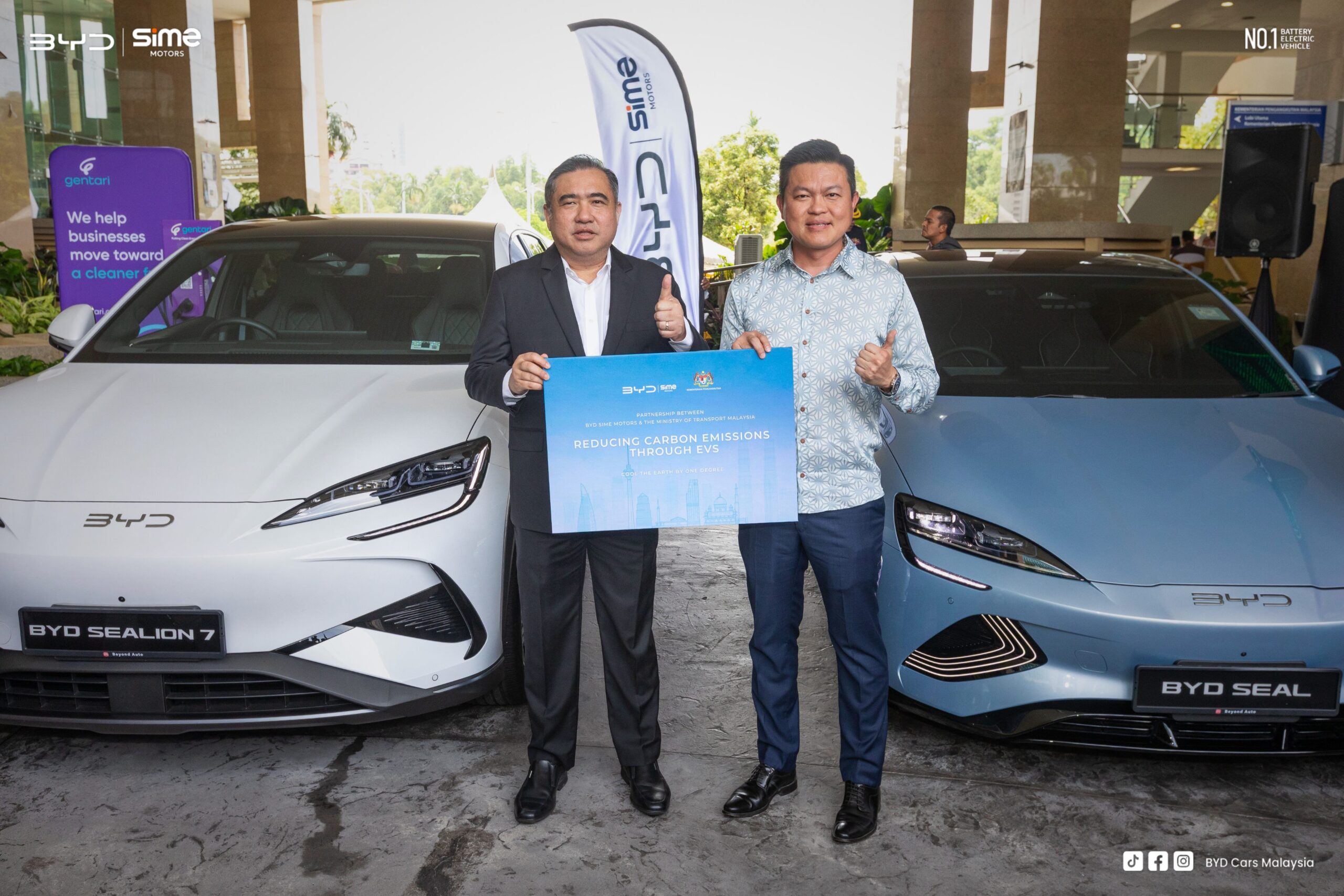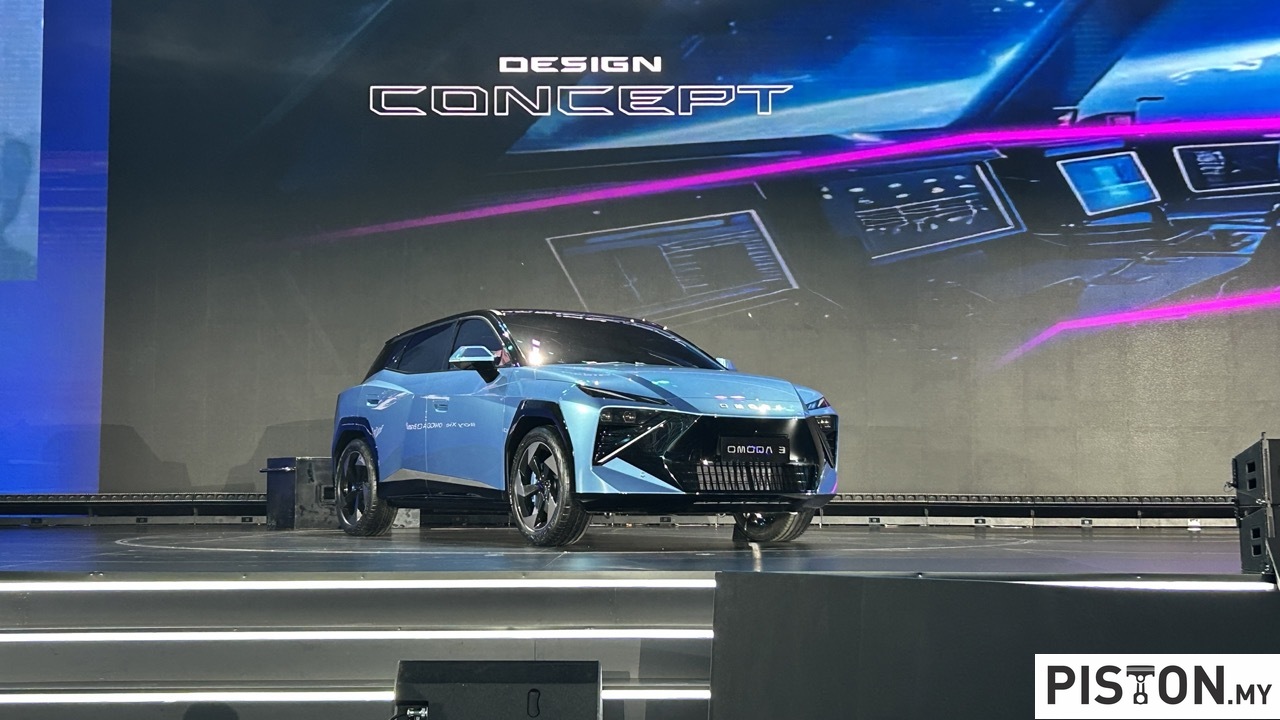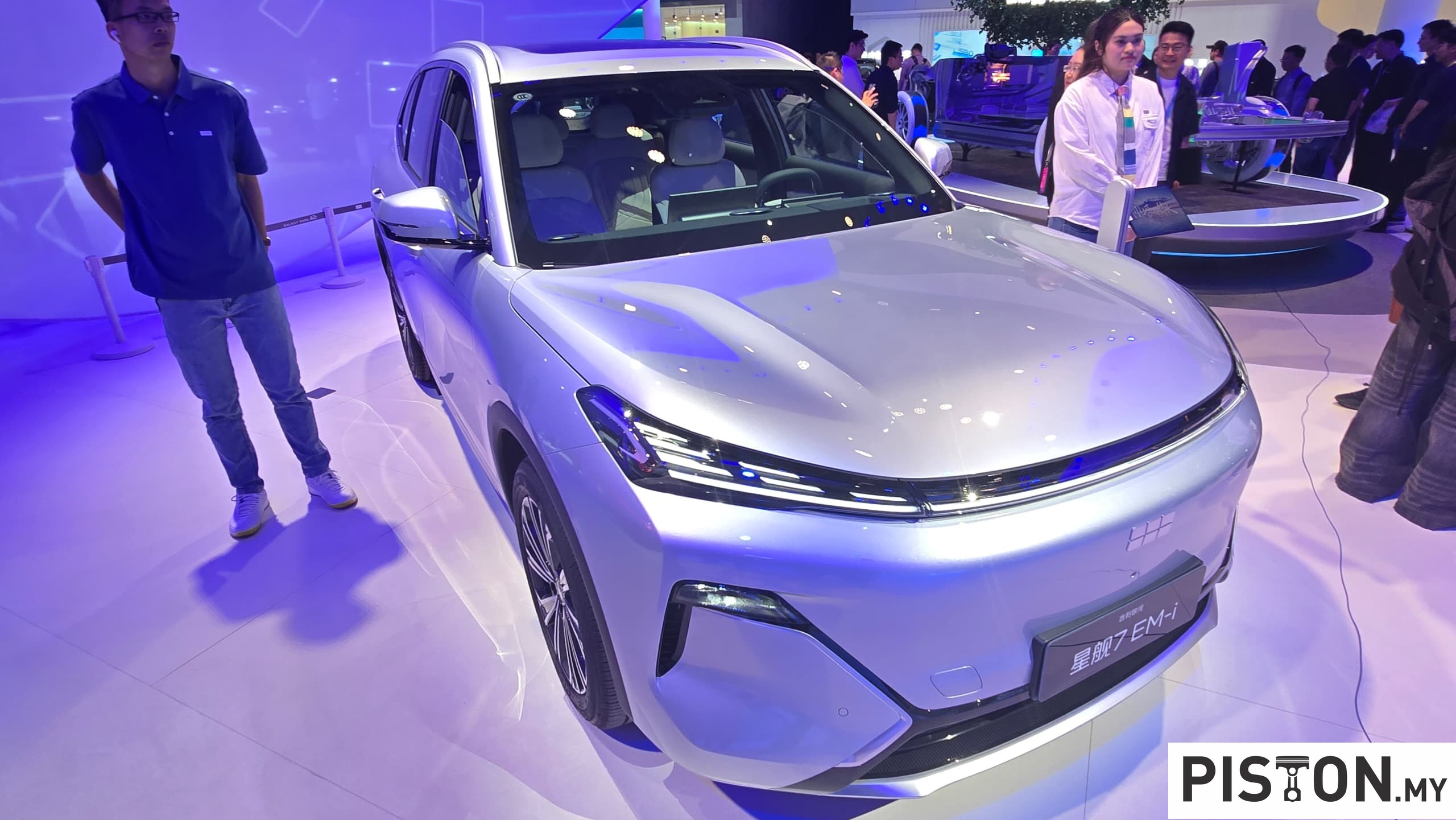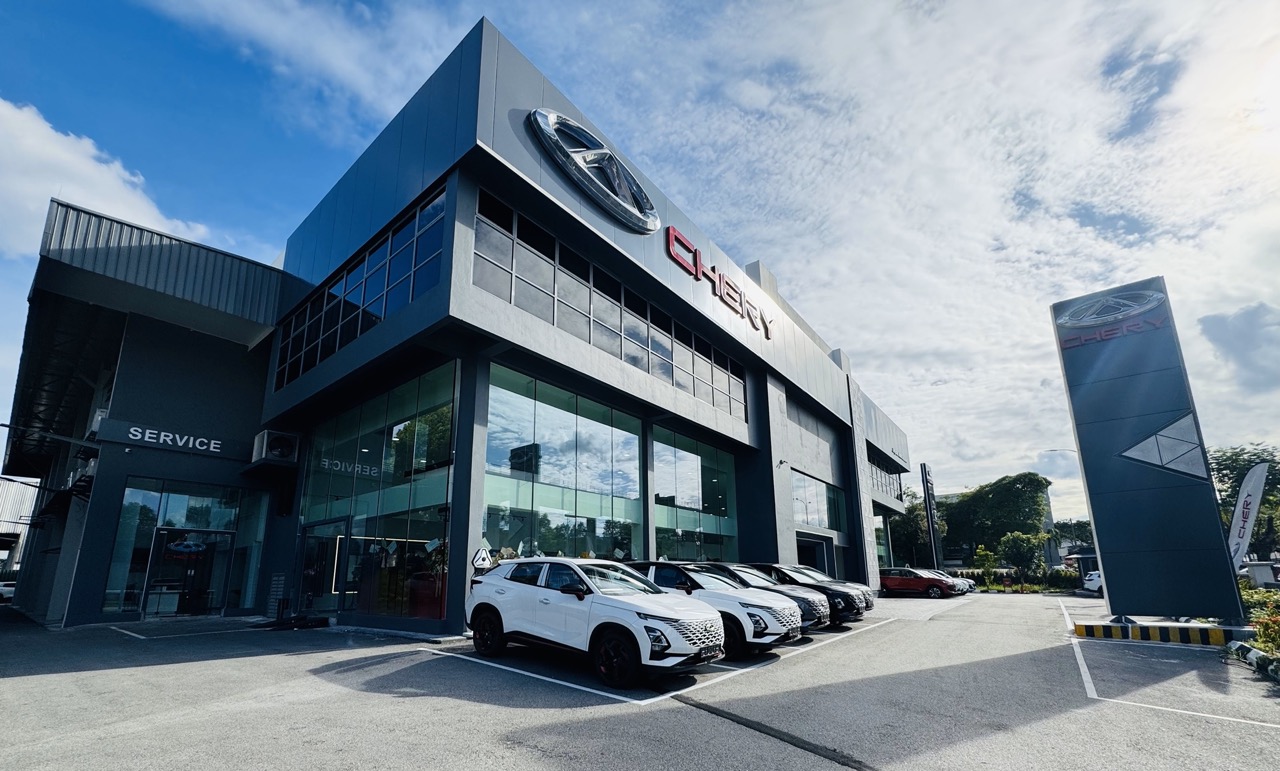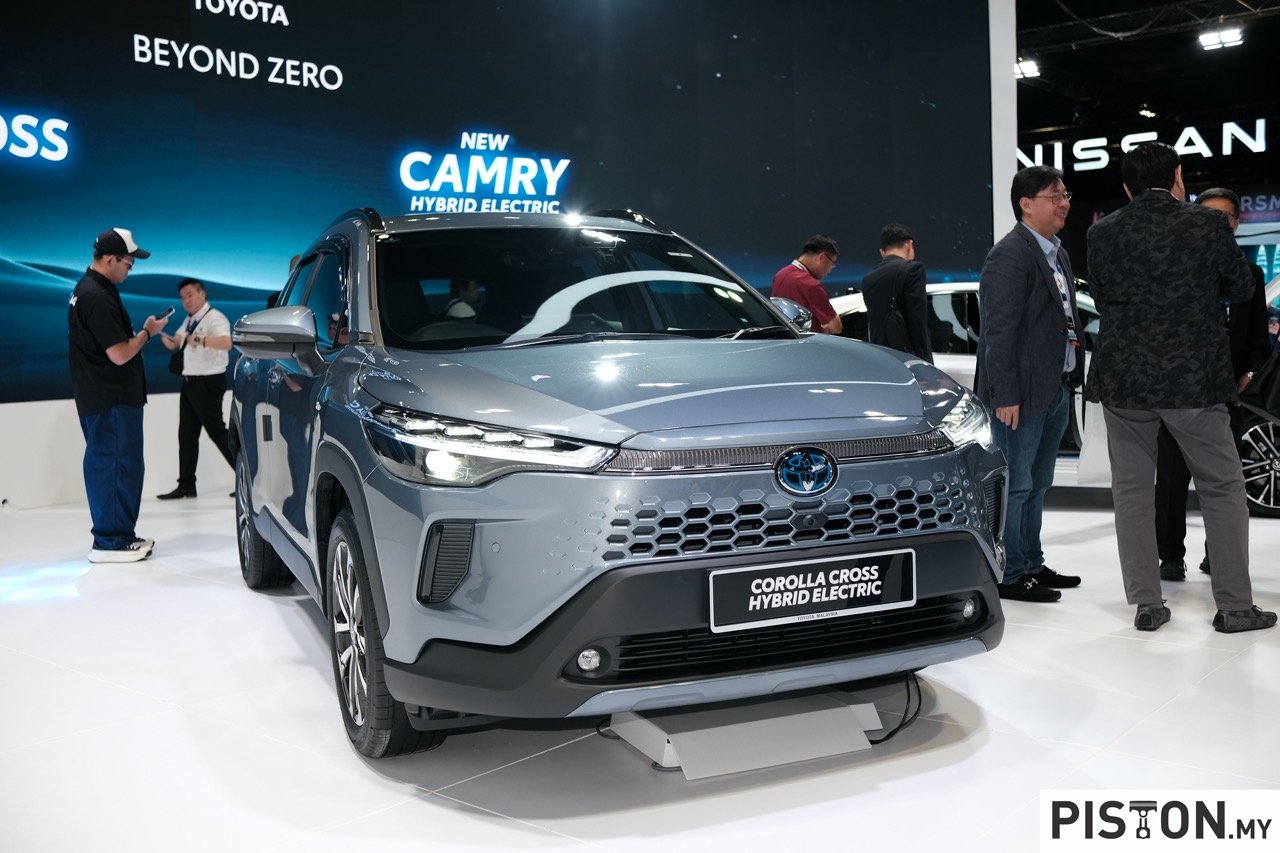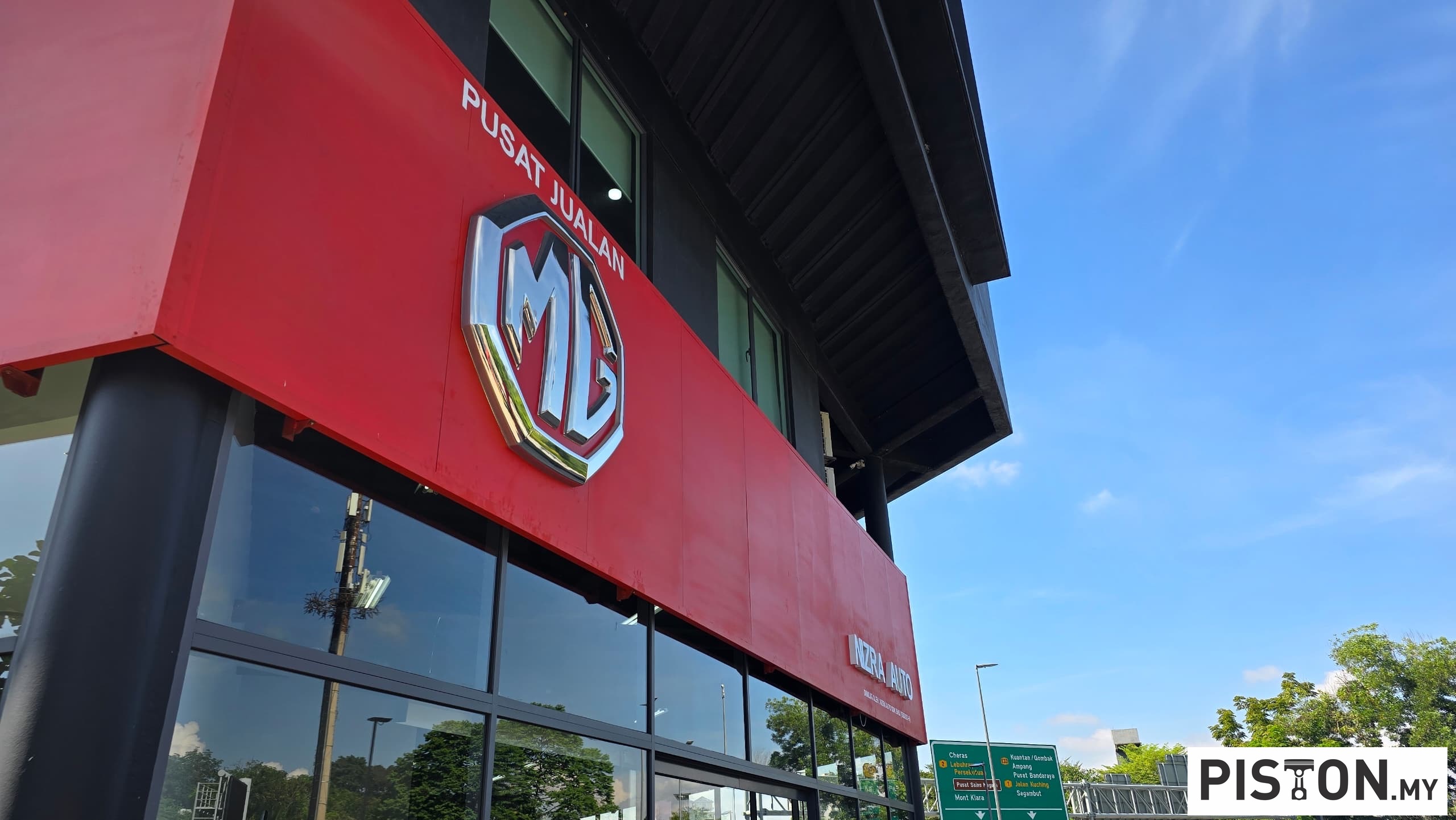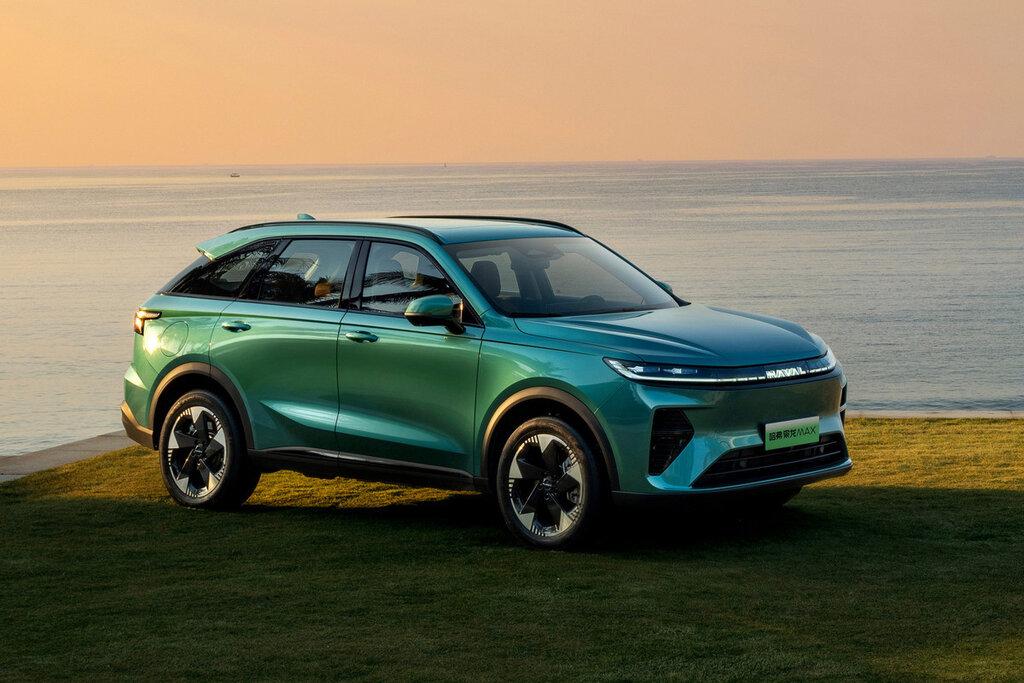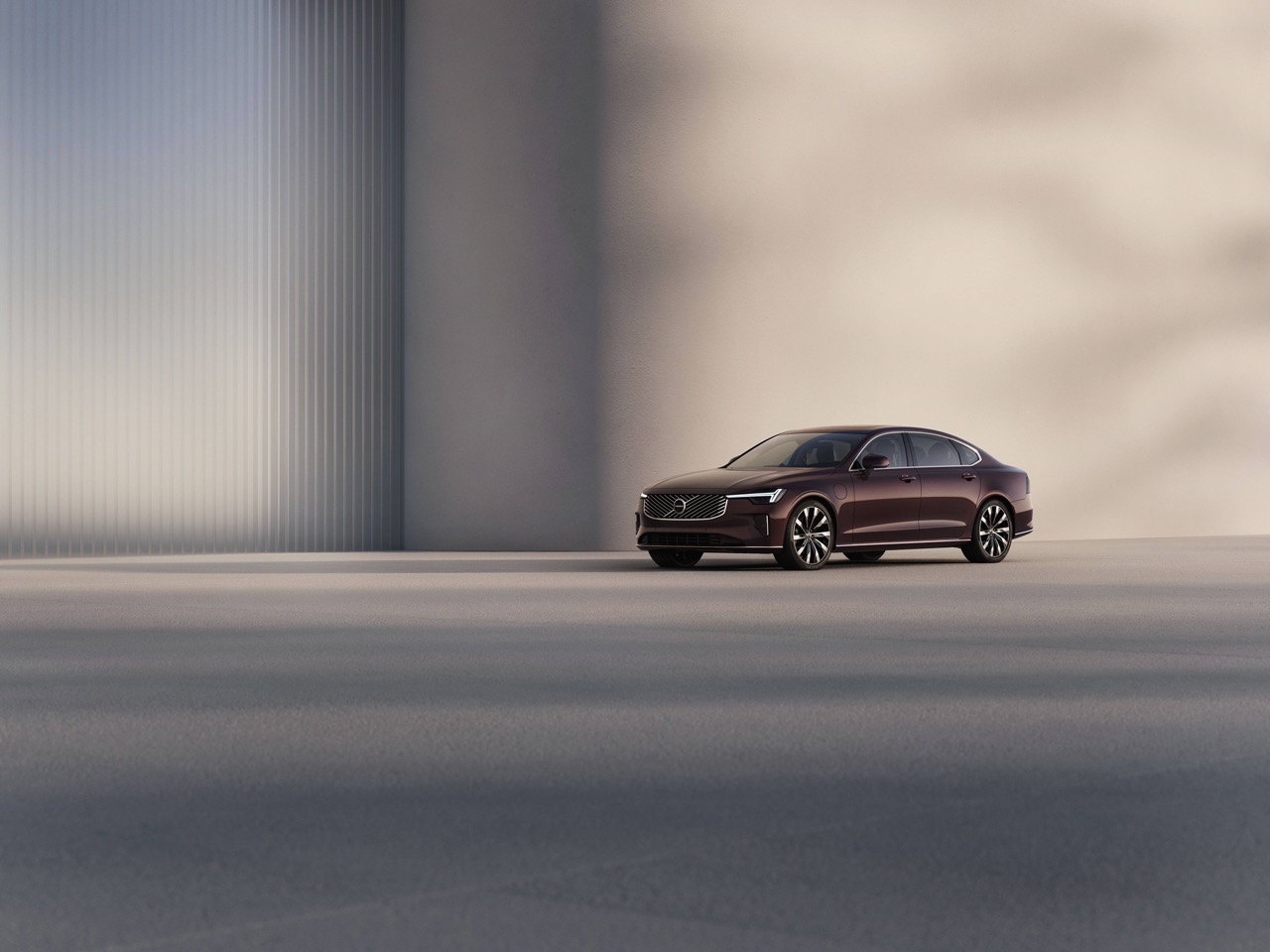The automotive world stood still when Porsche took the covers off the first Cayenne at the Geneva Motor Show in 2002. Mouths agape, the world’s automotive media would later go into a frenzy calling it everything from ugly to outright blasphemous.
Porsche would lose many of its loyal fans who thought the company had lost its direction with the Cayenne. Most of them would later return when the Cayenne turned out to be Porsche’s savior.
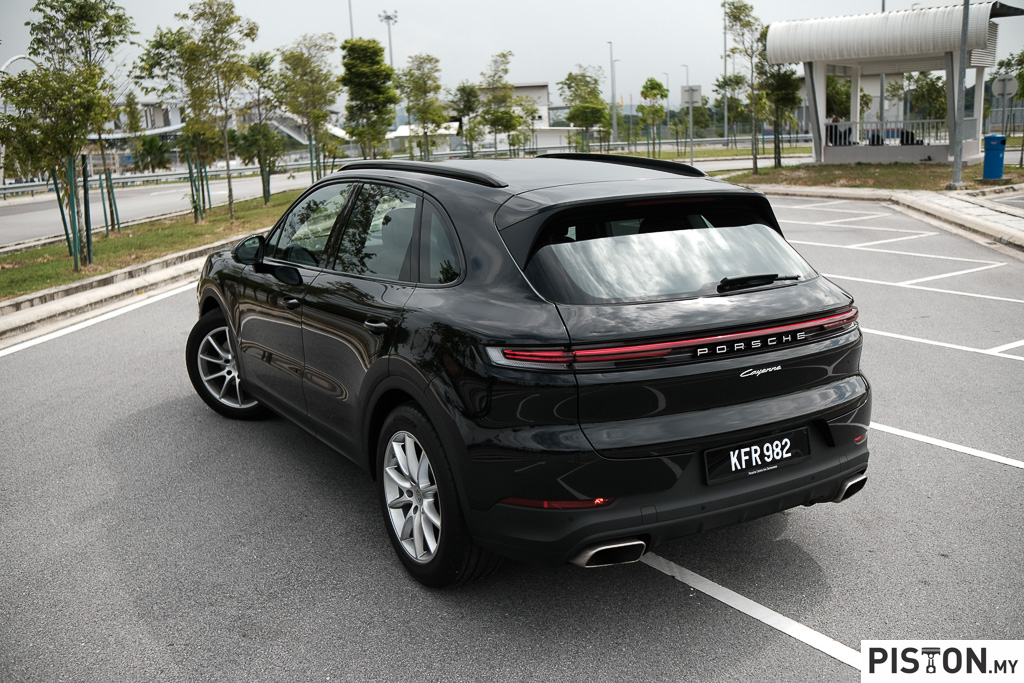
The Cayenne would go on to be Porsche’s best-selling model for many years, until the Macan arrived but that’s a different story. A lot has been written about the Cayenne since then, but crucially the success of the Cayenne provided much needed cash flow for Porsche to continue building cars it was well known for, like the Turbo, the GT3 and the GT2. Not to mention all the RS variants that have since come along.
“I first saw the first-generation Cayenne testing around the streets of Stuttgart before the launch as I was there for a meeting,” said a former dealer recently in an exclusive but private interview.
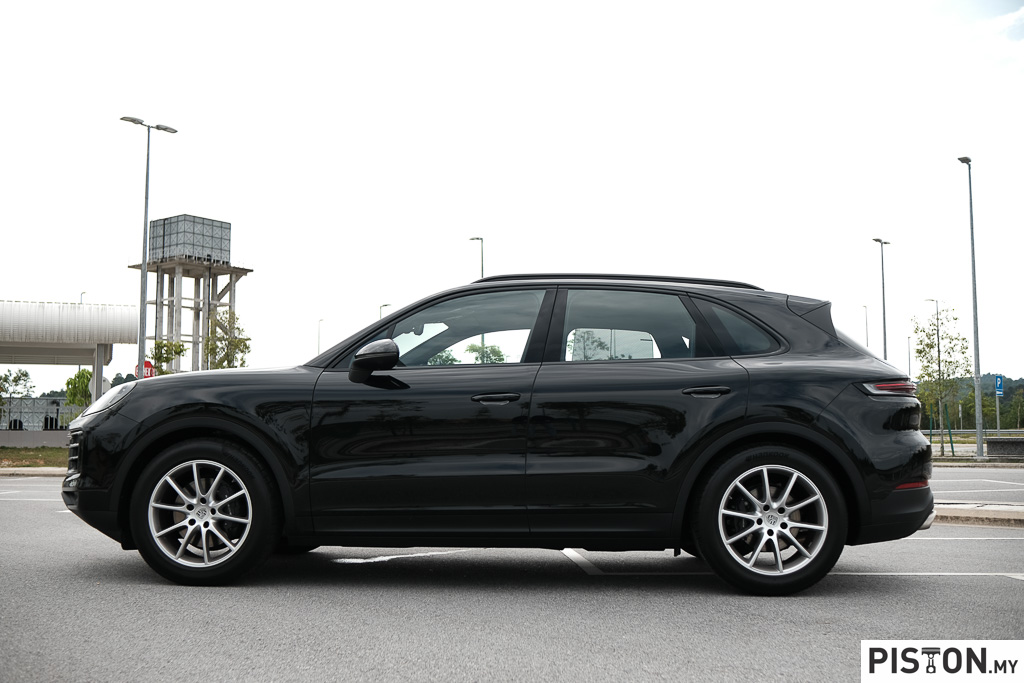
“Just like everyone else, I didn’t think much of the design, but then I drove the car and was blown away. I have had the good fortune to own several Porsches and even race them, and the Cayenne is still very much a Porsche at heart. And I have owned every generation since the launch and still drive a Cayenne today,” said the person who we must keep anonymous due to a watertight non-disclosure agreement.
And therein lies the appeal of the Cayenne. Despite its size, its clumsy looks and weight, it is still very much a Porsche underneath. Call it a wolf in sheep’s clothing but the Cayenne probably single-handedly put the word Sport in Sport Utility Vehicle. And almost every automaker who builds a high-performance SUV must thank Porsche for the major risk it took when introducing the Cayenne.
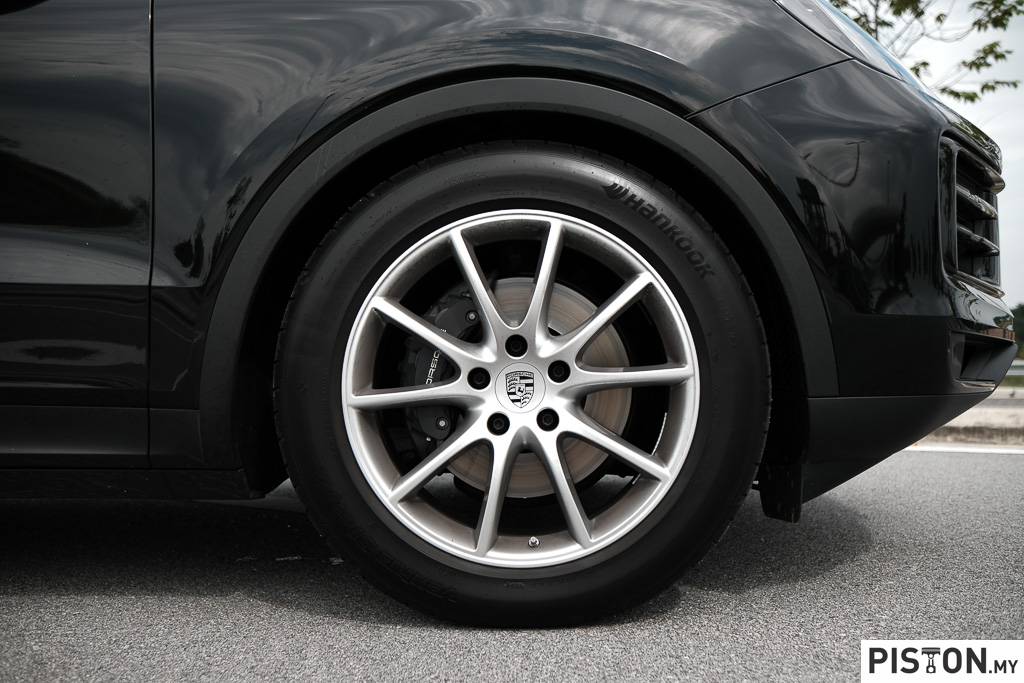
We can go on and on about how successful the Cayenne is and how it has won several races and even explored roads where a SUV is not meant to go. But there is so much out there already that all it takes is a simple Google search.
We are here though to talk about how proud Malaysians should be for the fact that Malaysia is the only country outside of Europe where a Cayenne is built.
Since 2019, the Cayenne has been assembled in Kulim, Kedah through a joint venture between Sime Darby and Porsche AG. This has not only made the Cayenne more accessible to more Malaysians but it has also created high-skill jobs for Malaysians.
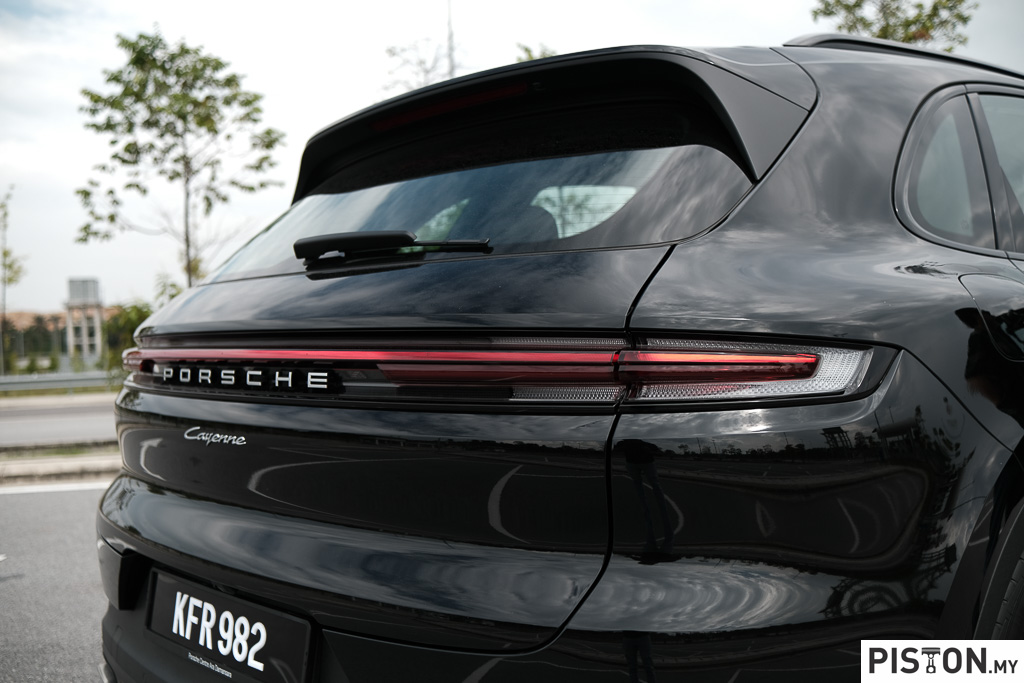
Not only that, Porsche has ensured that the Cayenne looks and feels exactly the same as its European made siblings. Step inside a locally-made Cayenne and it does not only look and feel the same but it also smells the same. It makes one wonder, if Audi has its legendary nose team that ensures all Audis smell the same, does Porsche have its own nose team as well? That is a question for a separate interview.
Now in its third-generation, the Cayenne is as popular as ever with Porsche selling 100,000 units worldwide in 2022 alone. With 2023 coming to a close soon, we are expecting the Cayenne to have found even more homes. Why? Because Porsche introduced the facelifted version of the third-generation Cayenne earlier this year, and it builds on the strengths of the already very capable model it is based upon.
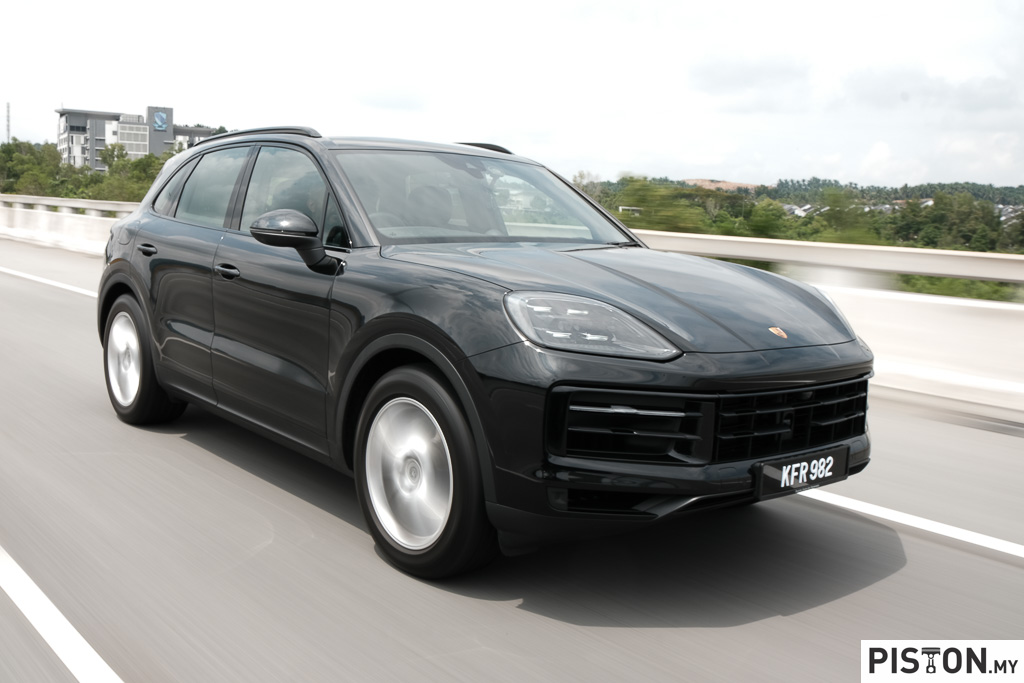
Porsche Malaysia introduced the facelifted Cayenne for the Malaysian market in early October of this year, becoming the second locally assembled Cayenne. And just like the first one, it too looks and feels like it was made in Europe. And Porsche deserves credit for that since consistency in the automotive business is always difficult to emulate.
While the underpinnings may be the same, the face-lifted Cayenne is distinguished by an updated design. The front features arches at the side of the new bonnet that is also taller by a few millimeters, giving the new Cayenne a more commanding presence.
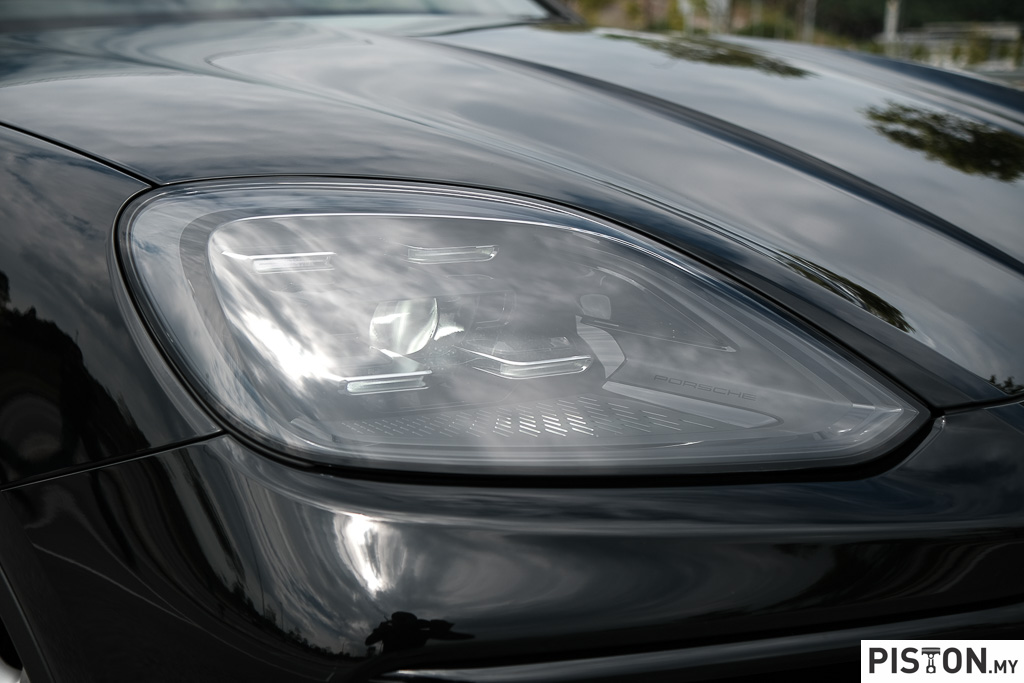
The front is also distinguished by new Matrix LED headlights that now only look great but are also quite smart. The headlights determine illumination levels by analysing data from the SUV’s speed, camera and navigation systems to ensure the driver has maximum visibility in low light conditions.
The side of the Cayenne is largely the same but the rear gets a new three-dimension taillights as well as a new light strip that runs across the width of the car and connects both the taillights. It gives the rear of the car a cleaner design.
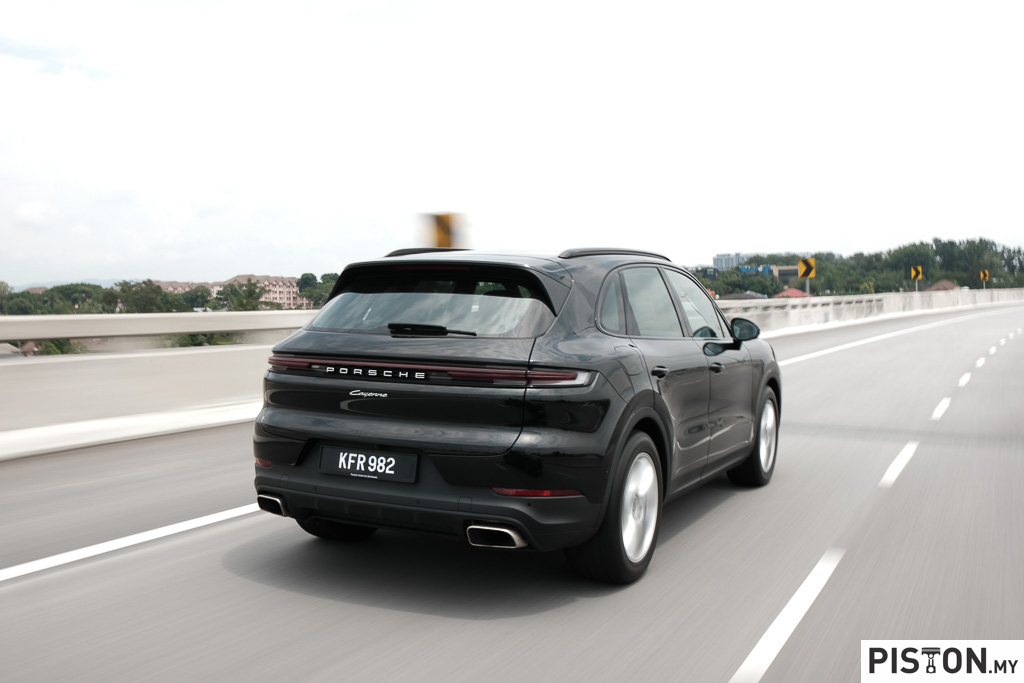
Porsche Malaysia also provides customisation options for those who want their Cayenne to stand out. Take the wheels for example, the standard wheels measure in at 20-inches and feature quite a lot of rubber that is great to maximise comfort but look somewhat boring. For the adventurous (and with deep pockets), there’s also the choice of 21-inch wheels that look great but will set you back RM45,000. Or if that is still too small for you, there are 22-inch wheels that look amazing and cost an eye-watering RM49,000.
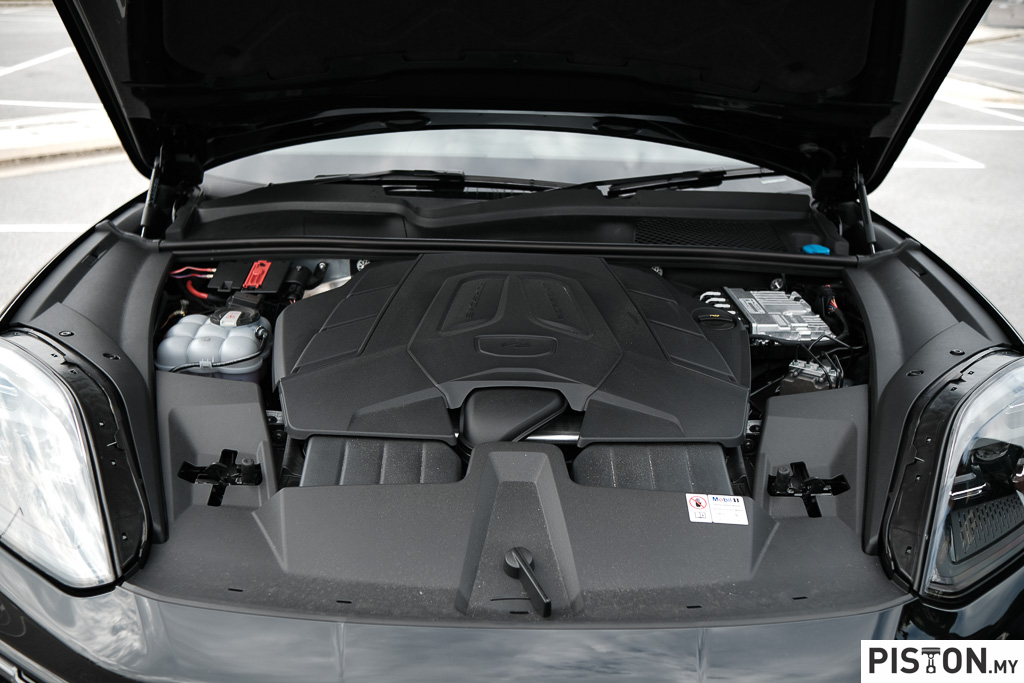
Powering the Cayenne is the same 3.0-litre turbocharged V6 engine found in the previous model. However, power has been hiked by 13PS and 50Nm for a total of 353PS and 500Nm of torque. Power is sent to all four wheels through an 8-speed Tiptronic S gearbox while top speed is rated at 248km/h. Acceleration from zero to 100km/h on the other hand is marked at impressive 5.7-seconds.
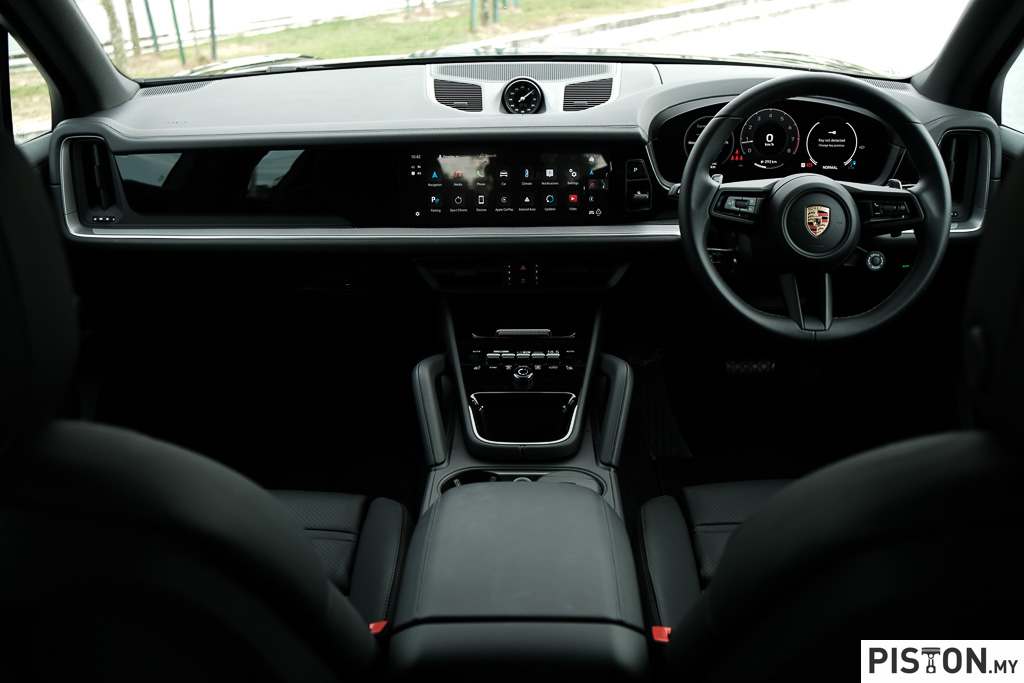
The interior of the Cayenne is where the new truly distinguishes itself from the old. The new Cayenne receives a full digital instrumentation cluster, which is a first for the Cayenne. This revolves around the new digital instrument cluster that measures in at 12.6-inches. In true Porsche fashion, an RPM dial still dominates the centre of the panel, just like it always has since the first Porsche back in 1949.
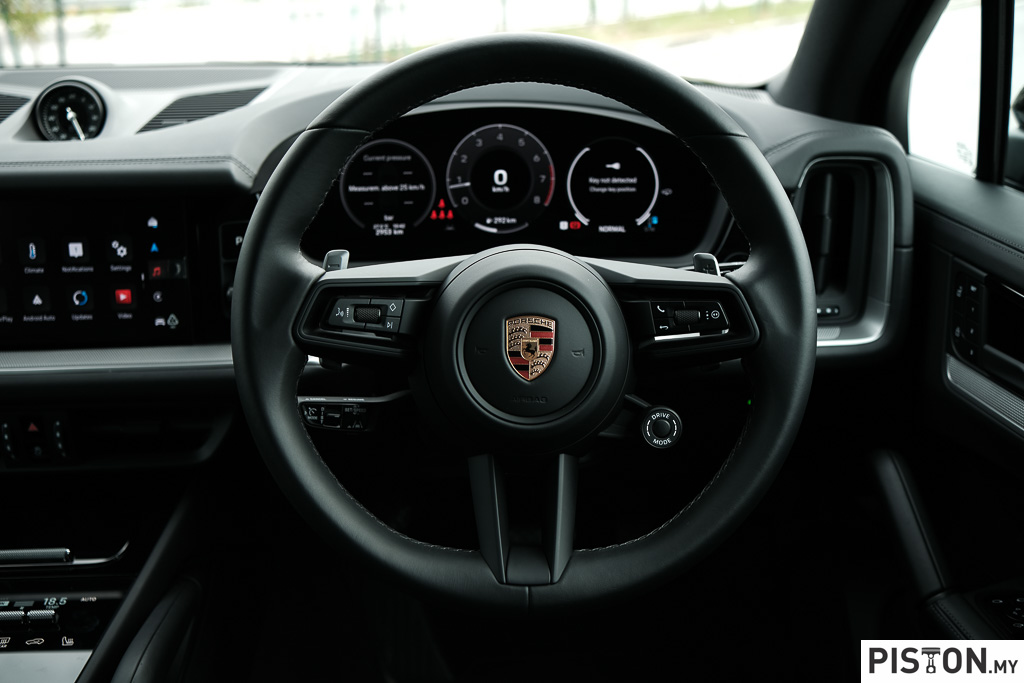
The centre of the dashboard is dominated by a 12.3-inch infotainment screen that offers Spotify and Apple Music as native apps. That means you do not need to plug in your phone to listen to either applications, but there is also Apple Carplay and Android Auto for those who need more.
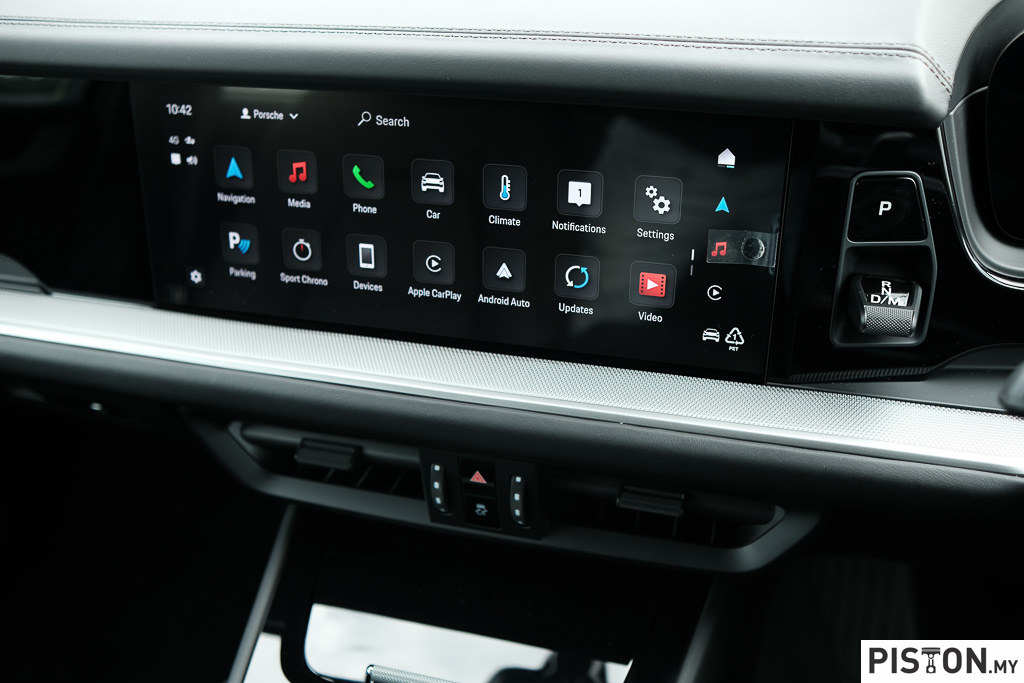
The overall design of the interior is cleaner than before with fewer buttons and discreet air-conditioning vents that look like they have been merged into the dashboard. Even the traditional gear lever that used to be at the centre console has been repositioned to the left side of the steering wheel and is now a toggle-like switch rather than a lever, which we first saw in the Taycan.
However, Porsche didn’t go full Tesla with the digitalization of the interior. There still are some buttons and knobs such as the volume dial and tactile buttons for the climate control system.
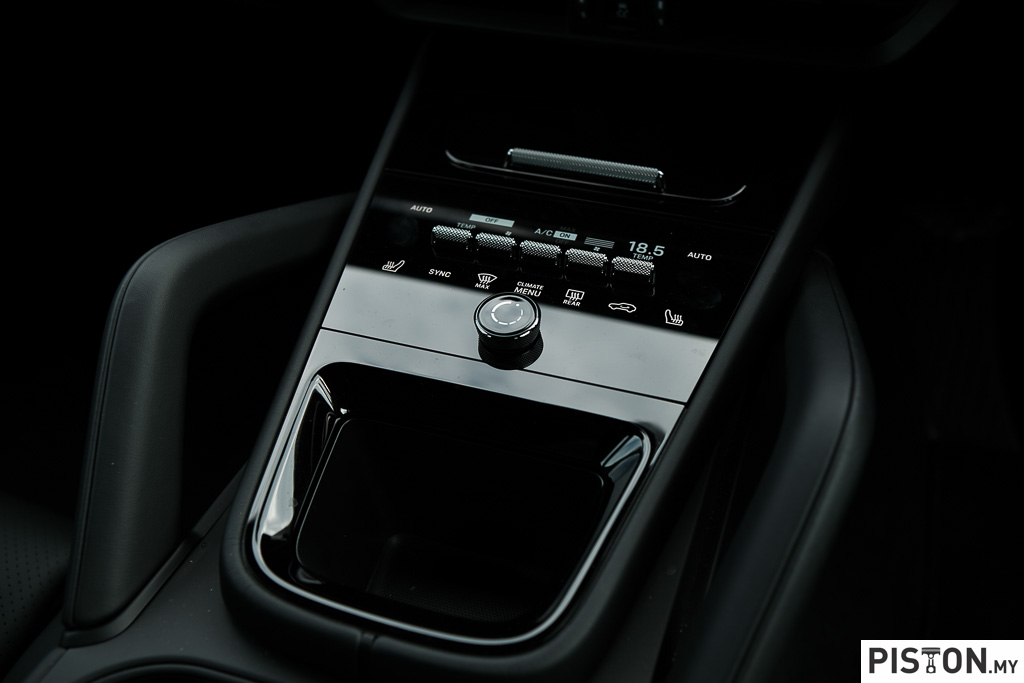
And Porsche has also retained the grip handles located on the centre console, just as they always have been since the first-generation Cayenne. Most importantly, unlike a Volvo XC90 nothing rattles or buzzes when in motion.
The overall size of the interior remains the same with enough room for five people to get more than comfortable. And in case the rear passengers need to be entertained, you can opt for the Porsche Tequipment option that gives you two 10.1-inch touchscreen displays placed at the back of the front seats. This gives access to a variety of options such as Youtube and Netflix.
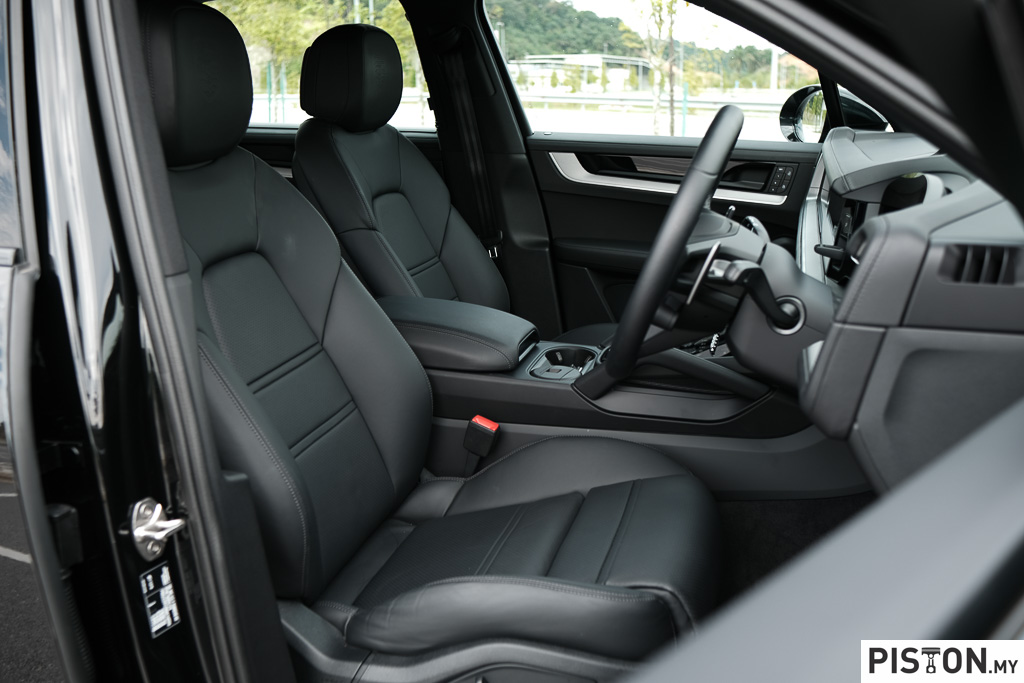
From behind the driver’s seat, the new Cayenne is still very much a Porsche at heart, just like it always has. The air-suspension does a brilliant job at isolating the cabin from the rumble and tumble of the road underneath. But when you want to have some fun, the suspension stiffens and gives you maximum control of the two-ton SUV.
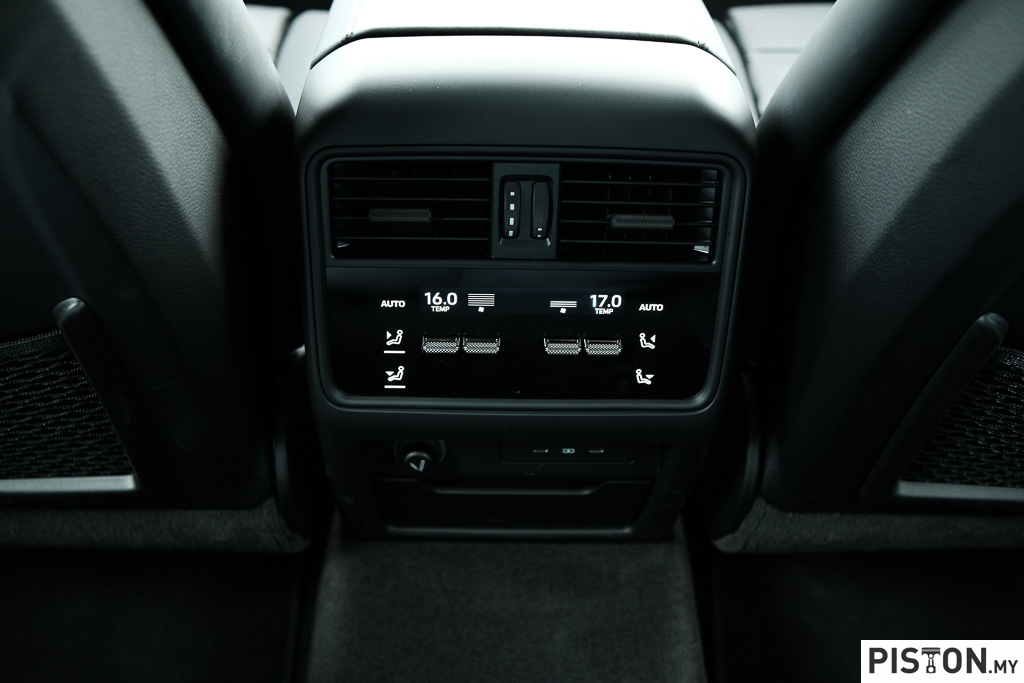
The best part of the new Cayenne is its jekyll and hyde like character – soft and supple for maximum comfort at one moment, and it all changes at the press of the steering mounted button. Select Sport and the powertrain immediately comes alive and responds to every twitch of the accelerator pedal. The suspension stiffens to reduce body roll, but not to the point of being trashy. The passengers may not even feel the suspension stiffening if you do not mention it, such is its compliance.
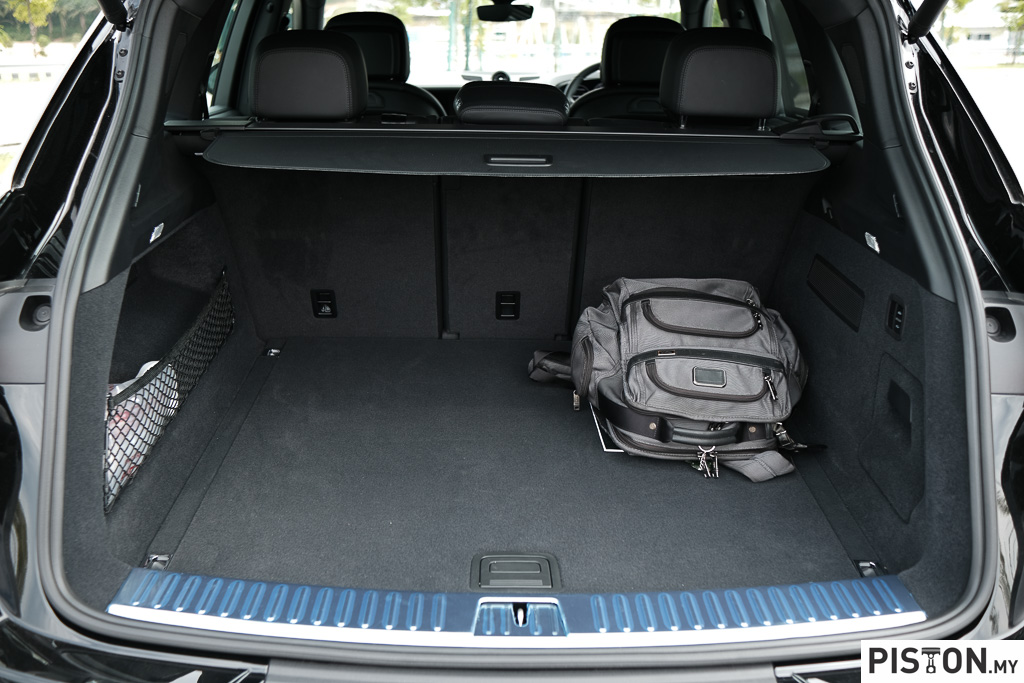
At RM599,999 (RM662,499 with all the options), there really is little doubt why the new Porsche Cayenne is as popular as it is. While its competitors like the Volvo XC90, BMW X5 and the Mercedes-Benz GLE focus on being efficient and comfortable, the Cayenne takes a different approach.
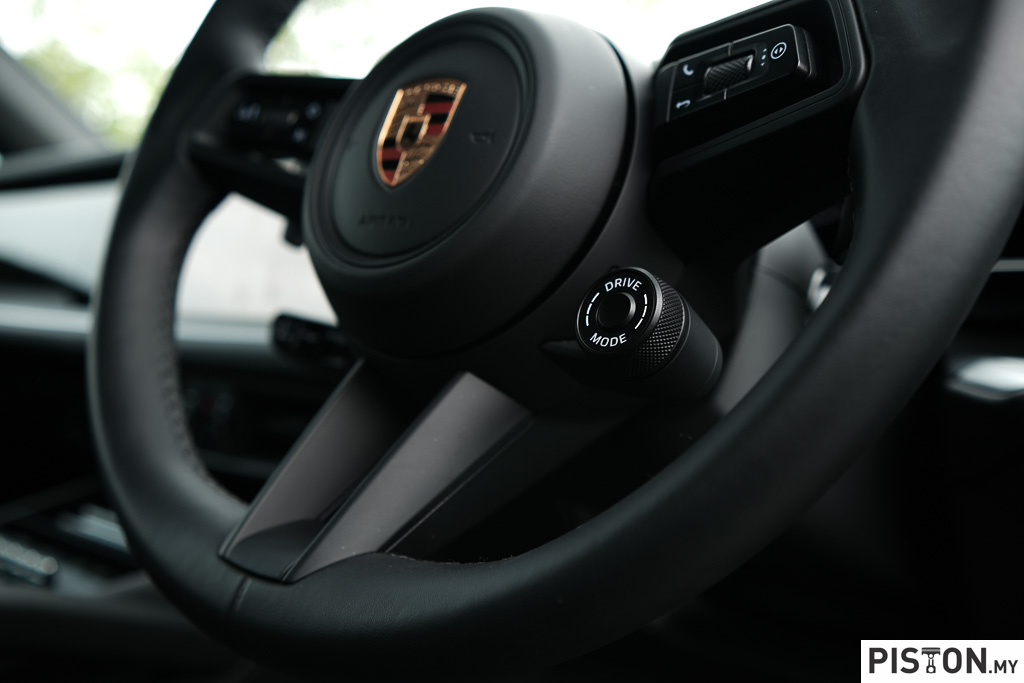
The Cayenne focuses on driving pleasure without compromising on comfort. It is still very much a Porsche at heart, and that can only mean one thing – uncompromised performance. Except in the Cayenne, you can share the joy of driving with five other people.
Specifications:
Engine: 3.0-litre, Turbocharged, V6
Power: 353PS @ 5,300rpm
Torque: 500Nm @ 1,340rpm
Transmission, 8-speed Tiptronic S
Top speed: 248km/h
Acceleration (0-100kmh): 5.7 seconds
We like: Performance, Comfort
We don’t like: We prefer the previous design




